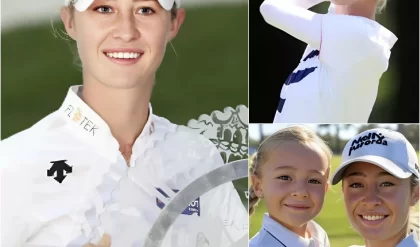In the high-octane world of NASCAR, where split-second decisions can mean the difference between victory and defeat, teams are constantly searching for innovative ways to gain an edge. Hendrick Motorsports, the most successful team in NASCAR Cup Series history, has found a powerful ally in artificial intelligence (AI). By integrating cutting-edge technology into their race-weekend strategies, Hendrick is redefining what it means to compete at the highest level. Tom Gray, Hendrick Motorsports’ Technical Director, recently shared insights into how AI is transforming their approach, offering a glimpse into the future of stock car racing.
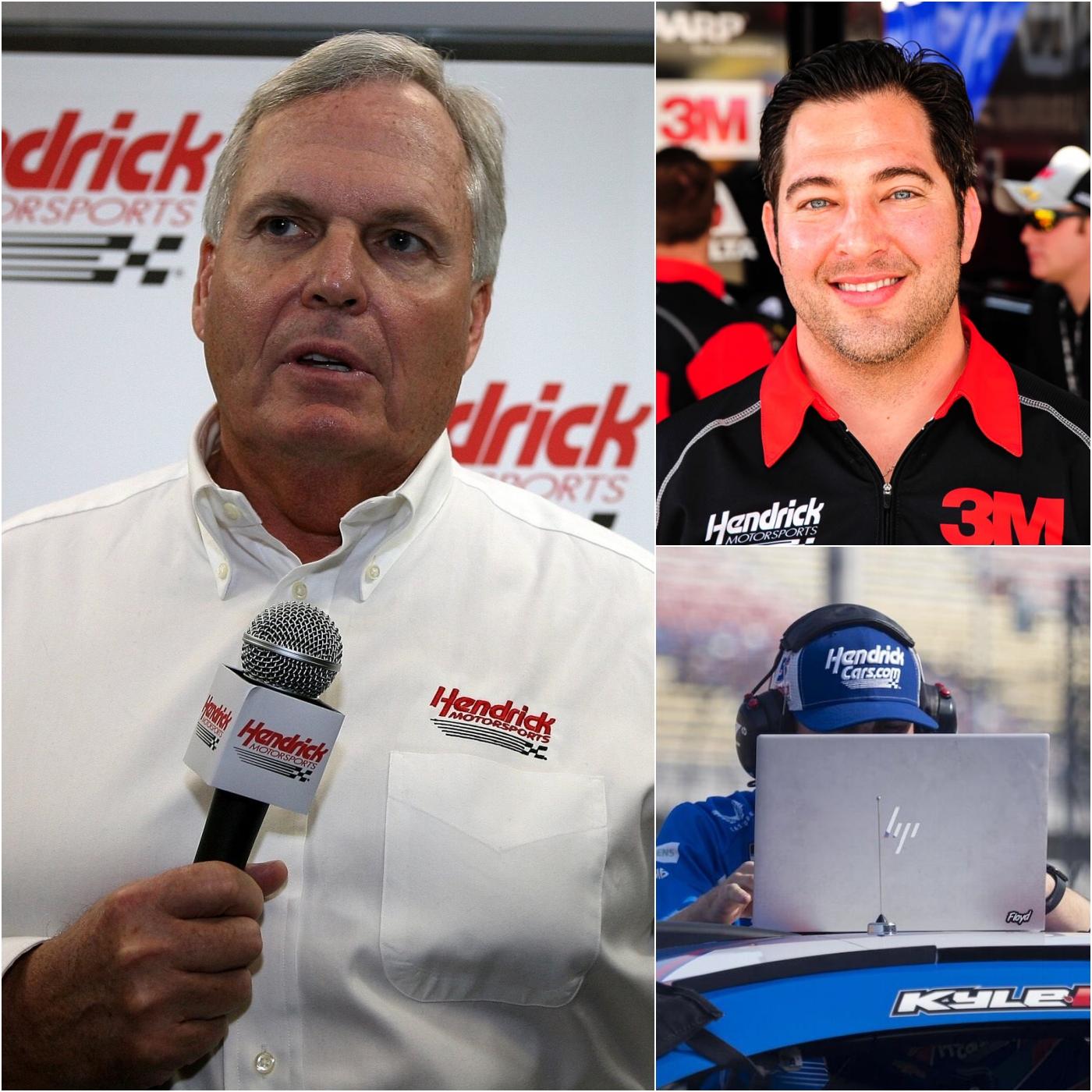
The integration of AI into NASCAR is not just a trend; it’s a revolution that’s reshaping how teams prepare, strategize, and perform on the track. With margins tighter than ever in the Cup Series, thanks to the leveling effect of the Gen 7 car, every millisecond counts. Hendrick Motorsports, with its storied history of 14 championships and over 300 race victories, is leveraging AI to maintain its dominance. Tom Gray, who transitioned from a lead race engineer for drivers like Jeff Gordon and Chase Elliott to his current role overseeing technical operations, explained how AI is becoming a cornerstone of their success. “Information is speed in this game nowadays,” Gray said. “He who can distill the information quicker and get to the decision quicker will ultimately race to win.”
One of the most critical areas where AI is making an impact is in pit stop strategy. In NASCAR, a well-timed pit stop can shift the momentum of a race. Fresh tires provide better grip, allowing drivers to overtake or defend their position, while strategic timing can place a car in clean air, preserving tire life and car balance. Gray revealed that Hendrick uses AI to analyze real-time data and optimize pit stop calls. By processing variables such as competitors’ positions, tire wear, and track conditions, AI helps determine the precise moment to bring a driver into the pits. This data-driven approach ensures that drivers like Kyle Larson, Chase Elliott, William Byron, and Alex Bowman maximize their track position.
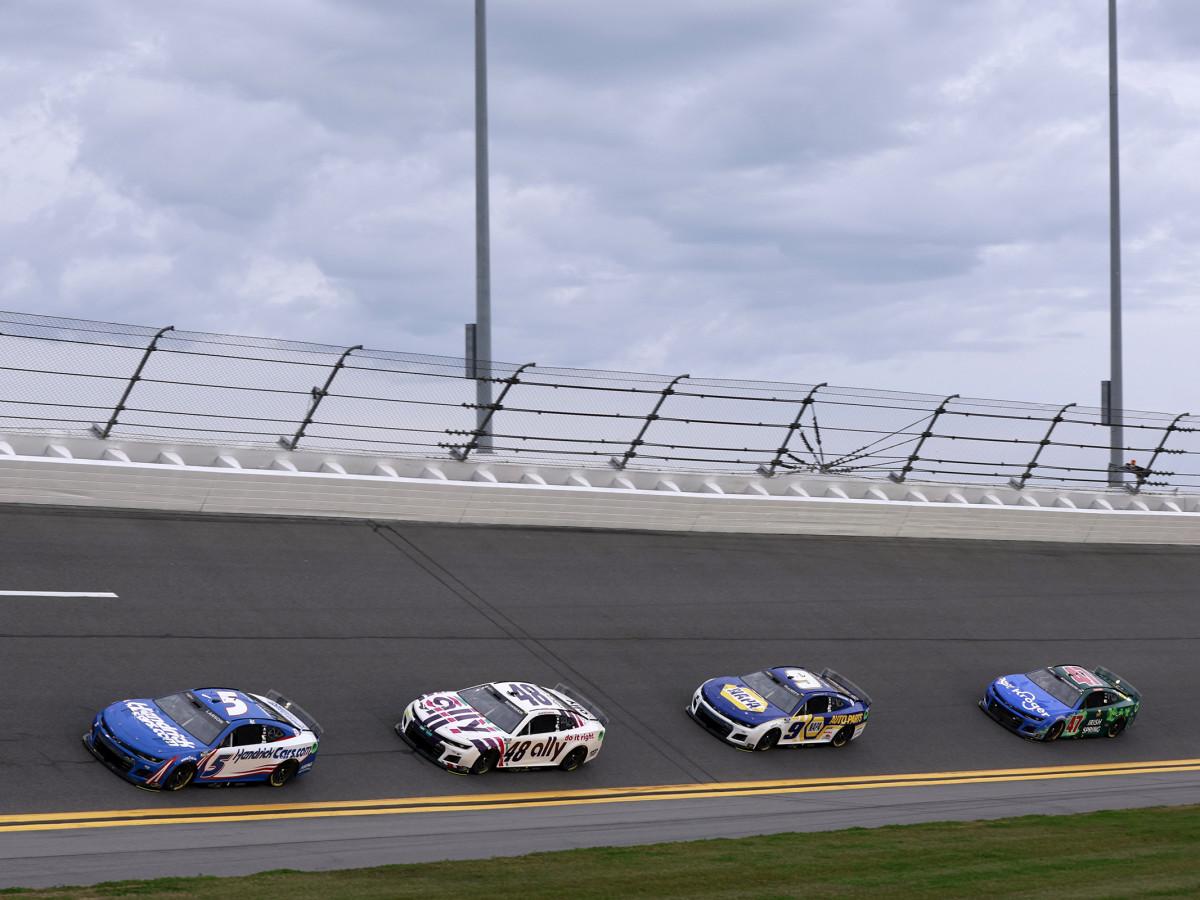
Beyond pit road, Hendrick Motorsports is tapping into its four decades of race data to gain a competitive advantage. Gray emphasized the team’s ability to look backward and forward with AI. “We’ve had a long history in the sport,” he said. “Not only can we look forward, but we can also look backward, back-test all the information we have, and see how that predicts the future.” By analyzing historical race data, Hendrick’s engineers can test old strategies and setups, identifying patterns that inform future decisions. This retrospective analysis, combined with real-time insights, allows the team to fine-tune car setups for specific tracks, giving drivers a measurable edge.
AI’s role extends beyond strategy to the physical execution of pit stops. Gray highlighted how the technology is being used to optimize the movements of pit crew members. “Can you get AI to tell you what the most optimum motion is for changing a lug or to carry a jack or the path to run around the car?” he asked. By studying biomechanical data, Hendrick is refining the efficiency of its pit crews, shaving precious fractions of a second off pit stop times. This level of precision is critical in a sport where a single second can determine the outcome of a race.
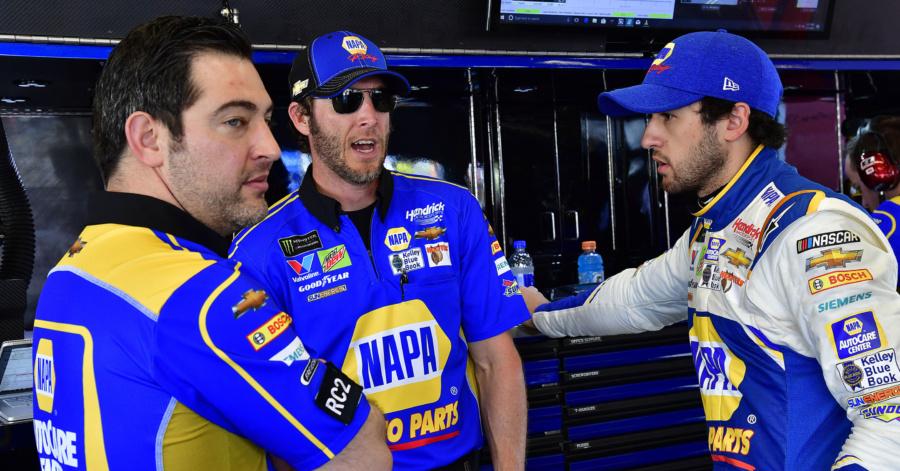
Hendrick’s partnership with Amazon Web Services (AWS) has further accelerated its AI adoption. What began as a sponsorship deal with Prime Video has evolved into a technological collaboration that enhances the team’s capabilities. Engineers now use AI to generate visual representations of complex concepts, making it easier to communicate new parts or strategies across the organization. This visual communication streamlines decision-making, ensuring that everyone from engineers to crew chiefs is aligned. The partnership also allows Hendrick to process massive datasets in real time, a capability that Gray believes will only grow in importance.
The impact of AI is evident in Hendrick’s performance this season. William Byron clinched the regular-season championship, while Kyle Larson and Chase Elliott remain top contenders in the playoffs. Even Alex Bowman, despite a challenging 31st-place finish at Darlington, secured a playoff spot on points. The team’s ability to leverage AI for strategic insights and operational efficiency has kept them at the forefront of the Cup Series, even as competitors like Team Penske continue to challenge for the title.
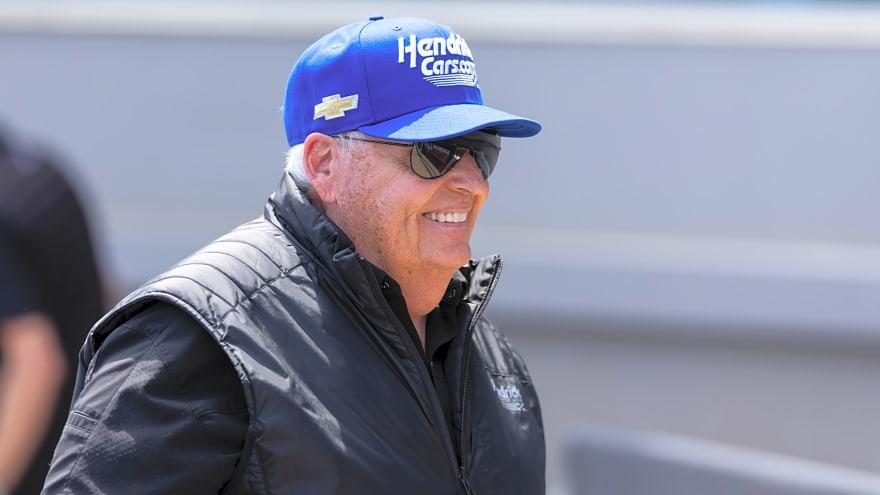
However, Hendrick is not alone in embracing AI. Other teams, such as RFK Racing, are also exploring its potential to enhance performance and streamline operations. The broader NASCAR landscape is seeing a technological arms race, with teams using AI to analyze radio communications, detect car damage, and even improve fan engagement. For instance, NASCAR itself is exploring AI to refine its playoff format, with Chief Operating Officer Steve O’Donnell noting its potential to assess risks and rewards in competition changes. Yet, as evidenced by a factual error in an AI-generated race summary at Texas Motor Speedway, the technology is not without its challenges. The NASCAR community quickly spotted inaccuracies in a report claiming Denny Hamlin won over Tyler Reddick, highlighting the need for careful implementation.
Despite these hurdles, the potential of AI in NASCAR is undeniable. Gray envisions a future where AI’s role expands even further, from designing tracks to enhancing driver safety. “I feel like we’re on the verge of a new horizon of things in different ways to leverage AI,” he said. “When you get to the point of having AI agents be able to do some unsupervised learning… that’s what I see five, 10 years from now.” This forward-thinking approach suggests that AI could transform not only NASCAR but the broader world of motorsports.
For fans, the integration of AI adds a layer of intrigue to an already thrilling sport. The idea that algorithms are helping drivers navigate the chaos of a 200-mph race is both fascinating and futuristic. It raises questions about how technology will shape the balance between human skill and machine precision. Will AI-driven strategies make races more predictable, or will they amplify the unpredictability that defines NASCAR? For now, Hendrick Motorsports is proving that technology and talent can coexist, delivering results that keep fans on the edge of their seats.
As NASCAR heads into the playoffs, Hendrick’s AI-driven approach could be the key to reclaiming the Cup Series crown, last won by Kyle Larson in 2021. With drivers like Byron, Larson, Elliott, and Bowman all in contention, the team’s technological edge is a force to be reckoned with. Whether it’s optimizing pit stops, analyzing decades of data, or refining crew performance, AI is helping Hendrick Motorsports stay ahead of the pack. As Gray aptly put it, “Information is speed.” In a sport where every second counts, that mantra is driving Hendrick toward a future where technology and tradition collide to create unforgettable moments on the track.
